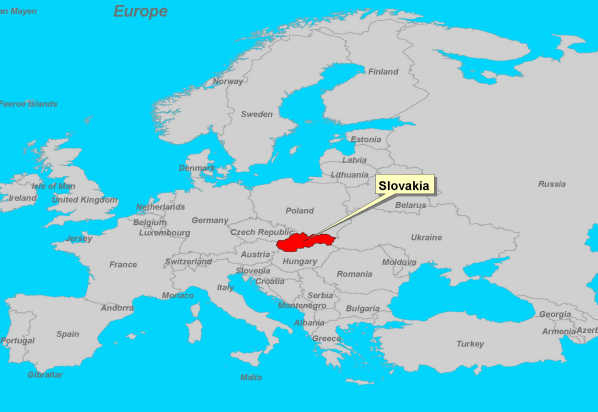In 1999 a group of educational researchers put an internet connected PC in the wall of a New Delhi slum. Then they left it alone. Children from the slum gathered around this ‘hole in the wall’ and, with no direction, taught themselves how to use the computer and browse the internet simply through their own curiosity.
When Dr. Sugata Mitra presented these findings online it was so compelling that his lectures went viral and Mitra was propelled to the status of a minor internet celebrity.
Now, after a decade of follow up research into the effectiveness of child led learning, Sugata is inviting educators from all backgrounds to take part in a wider experiment. By providing groups of children with a Self-Organised Learning Environment (SOLE), the experiment aims to find effective ways of encouraging students to embrace their innate curiosity and use this as their incentive to learn in a broad range of environments, be it in the classroom or the home. This works by posing stimulating, profound or weird questions and letting the children approach the subject in their own way, with minimal outside interference.
At involver we are very excited about the ideas behind this experiment and we think it could potentially have far reaching implications for student voice. By allowing children to take charge of their learning it promotes a culture where they are not only encouraged but expected to contribute and be listened to. A SOLE might, for example, be a great way to get students to prepare a proposal to the school council: students would be responsible for the questions asked, and they would be free to answer them in innovative and exploratory ways.
Imagine the feedback you could receive by posing questions like, ‘why do people from all over the world come to our school?’, ‘who is school for?’, or even ‘what is learning?’, to a group of children, and then leaving them to discuss, explore and discover their own answers. We strongly encourage educators to participate in this experiment so education systems all over the world can benefit from the insights we may find in the results.
If you would be interested in learning more about Sugata’s research you can find his profile at TED.com, or to get involved with the SOLE experiment you can download the toolkit available with directions and advice on how to set one up.





